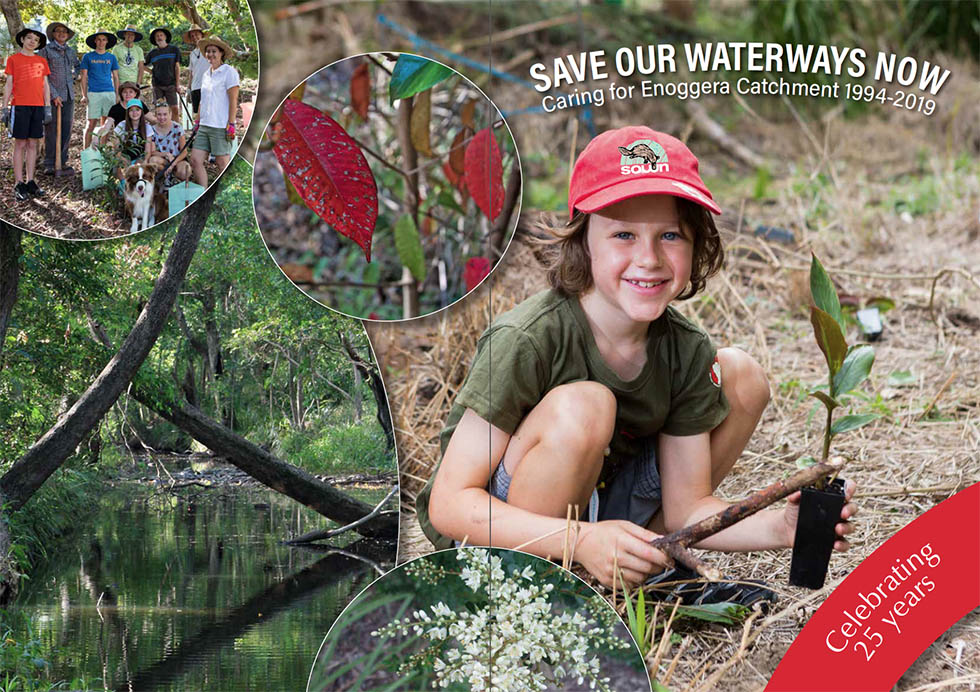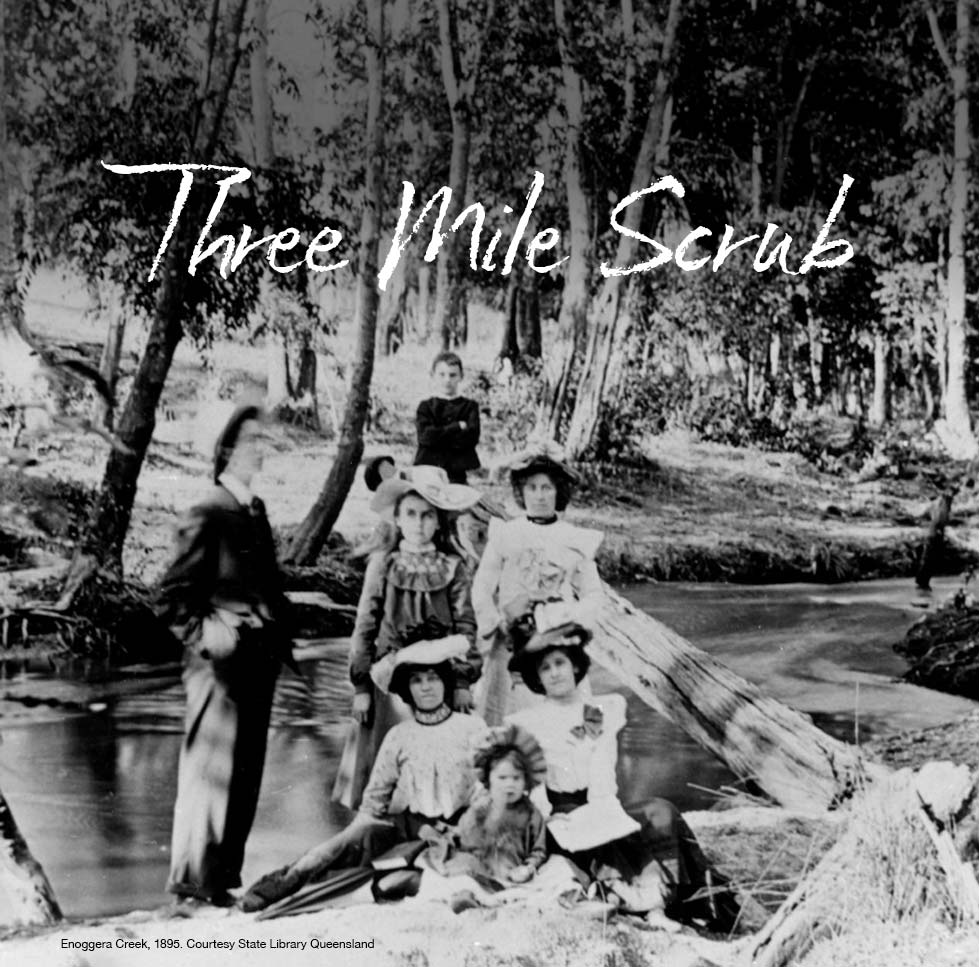

Even as early as 1851, the subtopical rainforest located three miles north of Brisbane was considered so special as to be worthy of a poem.
The imminent loss of this precious habitat was lamented by a keen scrub shooting enthusiast in March 1876 when he noted:
The top-knot pigeon I shot within three miles of Brisbane, but have never heard the well-known coo ! coo ! coo ! of the wonga as he sits on a branch at mid-day and calls to his distant mate. The fruit pigeon is to be met with at Ithaca Creek; - but not in numbers... The time will surely come when all Australian scrub birds will be extinct, for all scrub will assuredly be utilised."
While the writer's predictions of imminent extinction for all scrub birds were fortunately somewhat pessimistic, he was right about the scrub being utilised!
The development of the town of Newmarket unfolded in the late 1800s as settlement continued northward along Kelvin Grove Road and livestock saleyards opened in the area.
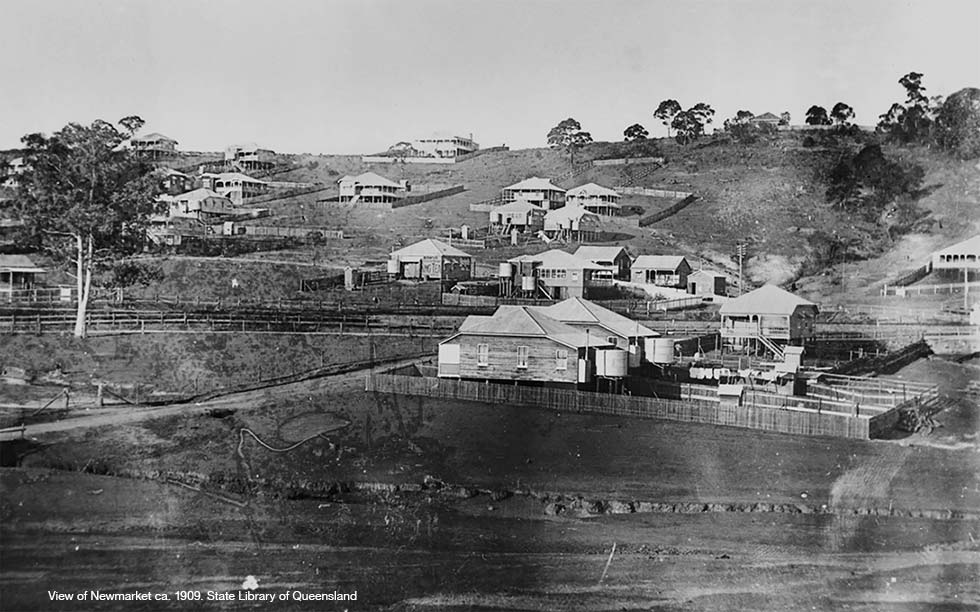
A potent appreciation of the environmental degradation that accompanied the early settlement around Newmarket comes from a report in 1932 talking about the installation of the new sewerage system.
It notes that at times the stench from Breakfast Creek and its tributaries was so bad that “the foul gases given off affected the paint on houses close to the creek”.
While the new sewerage system went some way to ameliorating impacts on the local creeks, it also largely transferred these same problems downstream.
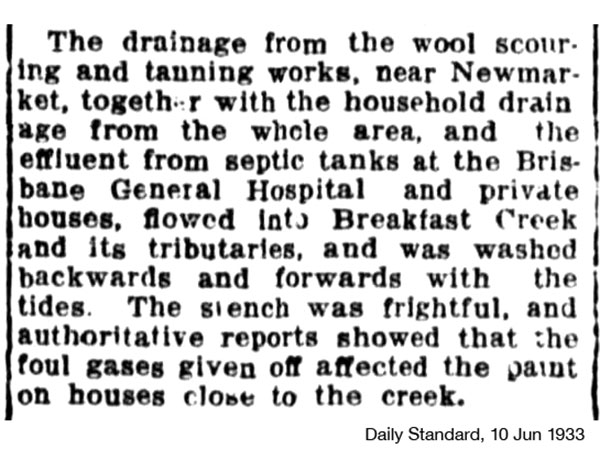

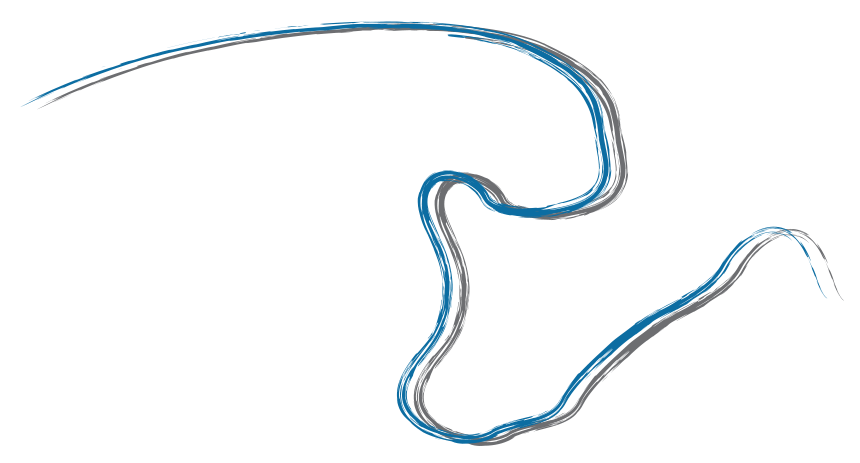
Writing of Three Mile Scrub today, Christine Galbraith has noted that:
“Three Mile Scrub is an area of significant botanical historical importance. It was an area of subtropical lowland rainforest, incorporating Enoggera Creek and nearby lands and extending from Kelvin Grove Road to Banks St Reserve.
“At least five separate Habitat Brisbane groups are working along some 3km of creek as it follows its tight reverse ‘S’ shaped course.
“The largest reserve areas are Banks St Reserve and the Corbie Park / Davidson St section. These larger areas provide a haven for many species of fauna.”
Some fascinating insight into the detail of the creekbank renewal programs undertaken along Enoggera Creek come from the Save Our Waterways Now (SOWN) publication celebrating 25 years work in Caring for the Enoggera Catchment between 1994 and 2019.
Download this 28 MB PDF e-book here ...
